Subtle Abyss
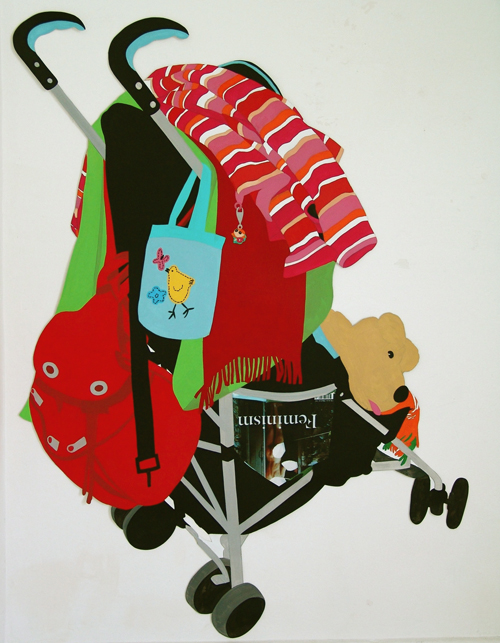
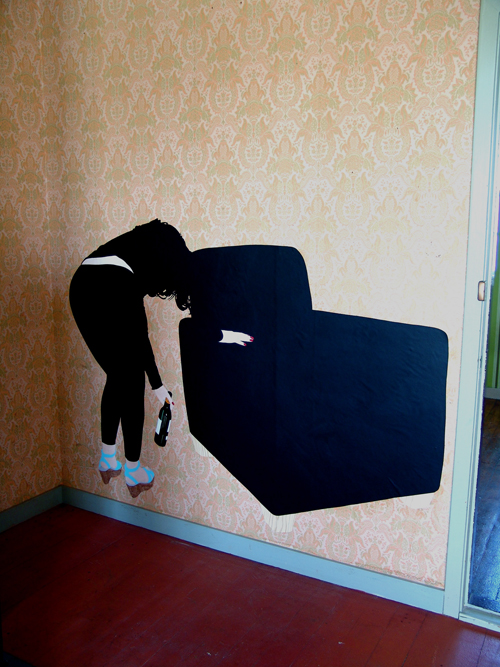
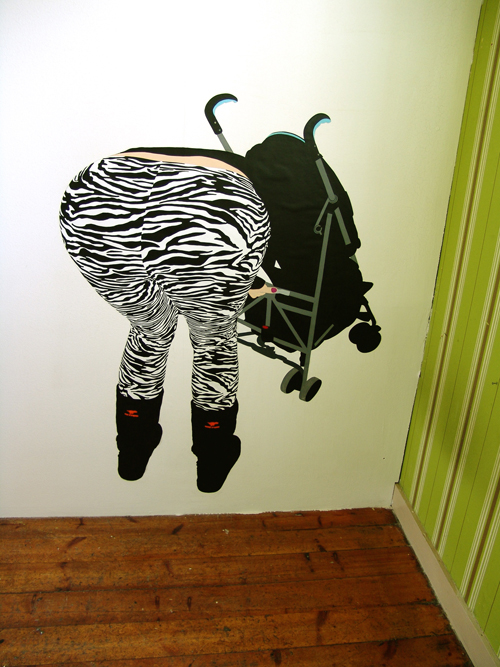
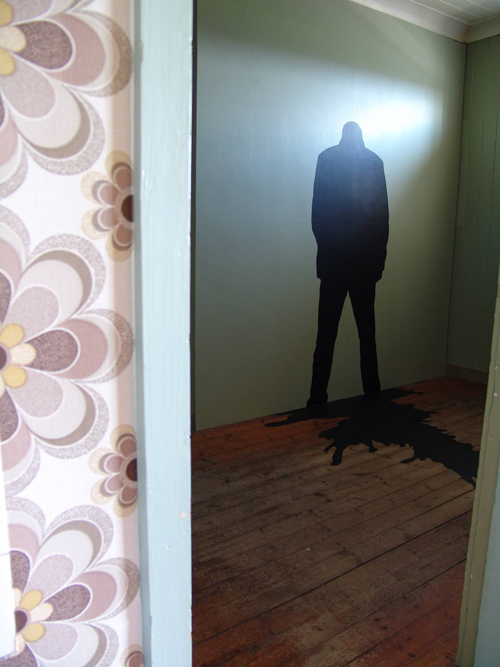
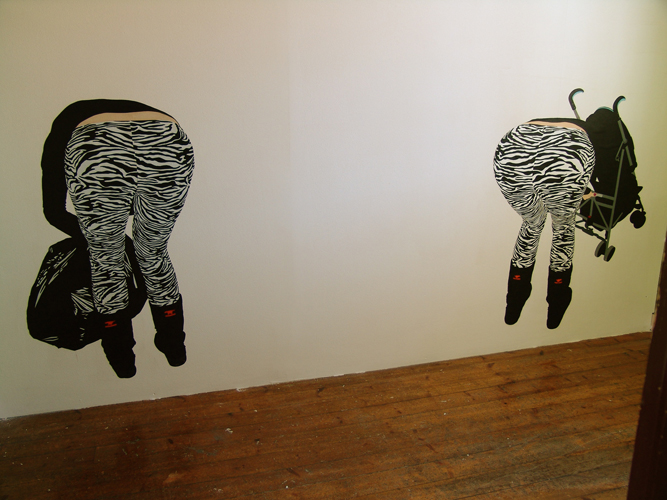
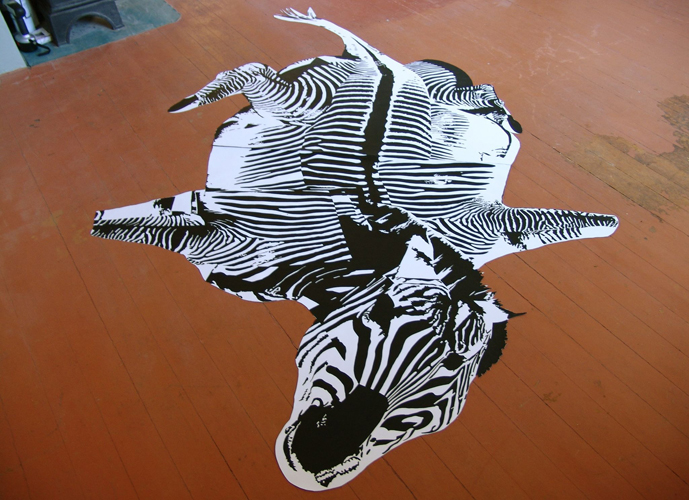
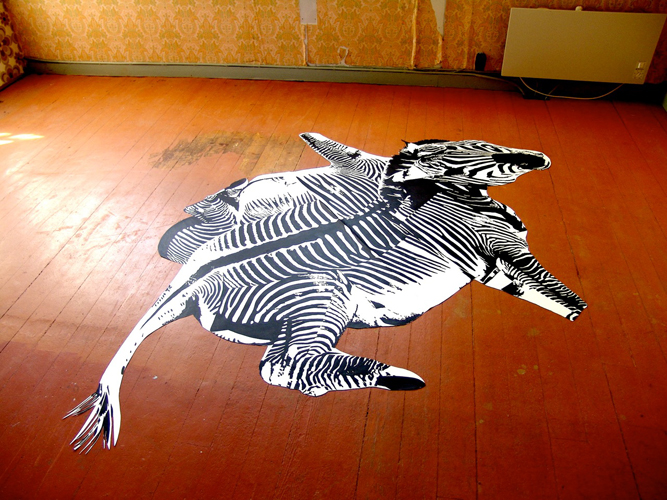
Nordisk Kunst Plattform Project Space,
Brusand, Norway
5th July - 6th August 2008
Cyril Connolly wrote that "There is no more somber enemy of good art than the pram in the hall." In the latest exhibition at Brusand Train Station, artist Alison Jones will present the pram in the hall as art itself.
In a series of figurative paintings applied directly to the walls of the exhibition space; women will inhabit the space, engrossed in domestic duties and art-making. These convincing life-size paintings which fool the eye, will work with the unique space of the old ticket-office, placing women and their domestic tools in this space which has an atmosphere of both the domestic (with its household wallpaper) and the public (as the old train station ticket-office).
Women have been the centre of representation in art, objectified in one of two ways: as sex object or as domestic object. These two are not only related but work in a tension, pulling the spectator in different directions. Alison Jones continues in this tradition, bringing the content right up to date: a baby buggy overloaded with stuff, clothes, bags and a magazine on feminism, the backside of a woman in leggings bending over into a pram.
The title chosen by the artist for the show, “Subtle Abyss” is taken from Lucy Lippard’s warning about the slippery distance between objectification and parody of objectification as critique. It refers to the representation of women in imagery and the recent movement by female artists to explore the “subtle gap” in the approach to representing women, by male and female artists. The title may also refer to the gap between the self-image of a woman in her domestic life and in her working life.
An 8 page artists book/poster will accompany the exhibition. Drawings of women as art objects, furniture and workers are juxtaposed with ruminations on objectification from Lucy Lippard, TJClark and Karl Marx.
Alison Jones is a London-based artist whose interests centre on painting and representation. Often working directly onto walls, her scenes are mises-en-scène or illusory interventions created using trompe l'œil figures or decorative effects, sometimes combining ready-made elements such as wallpaper or objects. The works are usually made in response to a situation, gallery, building or architectural feature.